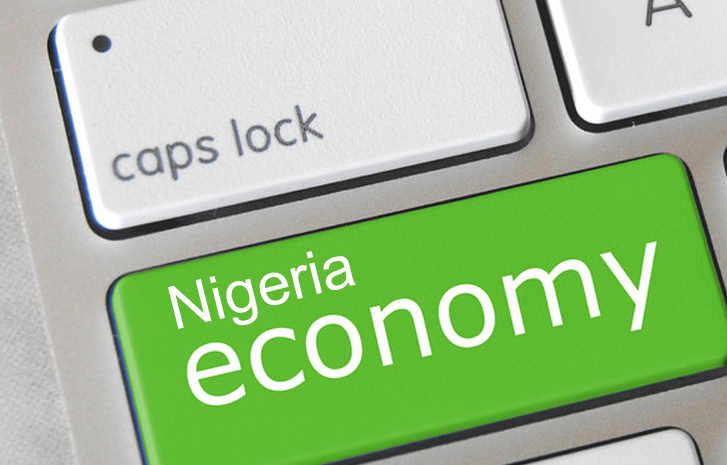Nigeria’s ability to weather the storm from external shocks or sudden deterioration in economic conditions is waning as the country’s increasing appetite for foreign borrowings continues to outpace accretion to external reserves.
Since the 2014 collapse in oil prices that caused the spread between the Federal Government’s actual and projected revenues to widen, the country has resorted to tapping debt from the international market (offshore) to fund its planned expenditure and this has caused external buffers to thin.
A country’s external buffer is the difference between external reserves and total foreign debt (borrowings). Put differently, in the event of a downtrend in oil prices and foreign portfolio outflows, the external buffer shows the extent to which the countries could withstand such pressures.
For Africa’s largest economy, external debts have almost tripled and despite improvements in foreign exchange reserves, the country’s external buffer has declined in the last six years as the upsurge in offshore debt during the period weakened the economy’s shock absorber.
The country’s defence against external shocks to the economy has weakened by a Cumulative Annual Growth Rate (CAGR or constant annual growth) of 7.24 percent since 2014 owing to increase in foreign debt of 23.59 percent (CAGR), while reserves accretion grew by a CAGR of 5.48 percent.
External buffer has declined since 2017 where the cushion broke a downward trend and grew to $19.86bn. The growth in 2017 was on the back of a 50 percent increase in external reserves as Brent bounced back from the 2016 price fall.
However, since buffer rose 38 percent in 2017, it has steadily declined by 14 percent to a current amount of $17bn, the second least recorded in the last six years and only $2.57bn higher than when Nigeria entered recession in 2016.
“The data reflects that the Nigerian economy still remains vulnerable to external shocks, particularly downturn in global oil price,” said Gbolahan Ologunro, equity analyst at Lagos-based CSL Stockbrokers. “Notwithstanding, there is still some sort of headroom for urgent fiscal measures to avert the impending crisis.”
One of such measures, he said, is fiscal consolidation to improve revenue and reduce government reliance on borrowings.
According to the International Monetary Fund (IMF), a country’s foreign reserves are those external assets that are readily available to and controlled by a country’s monetary authorities. They comprise foreign currencies, other assets denominated in foreign currencies, gold reserves, special drawing rights (SDRs) and IMF reserve positions that can be used in directing the finances of international payments imbalances or for indirect regulation of the magnitude of such imbalances via intervention in foreign exchange markets in order to affect the exchange rate of the country’s currency.
Nigeria’s foreign reserves stand at $45 billion in the month of July while external debt stood around $28 billion as at the first quarter of 2019, according to data from the Central Bank of Nigeria (CBN) and the Debt Management Office (DMO), respectively.
A $28 billion external debt would mean the country only has about $17 billion from which it would settle its import bills and probably intervene in sustaining the naira at its current price of N360/$1 in the foreign exchange market.
Analysts are of the view that a fall in crude oil prices which accounts for about 84 percent of the country’s foreign earnings, and a reversal in capital flows, could mount pressure on the CBN’s firepower in stabilising the economy.
The government’s inability to generate as much revenue to finance its project has lured it to cheap foreign debt in order to avoid crowding out the private sector in domestic debt market.
“If anything happens negatively to crude oil price, we might be forced to devalue and the value of the foreign exchange debt becomes a big burden,” said an analyst in a leading investment banking firm.
“The end result is that the integrity of the naira which the apex bank had hoped to protect would worsen,” the person explained.
Nigeria’s external reserves have been growing steadily since 2017 but foreign debt has leaped. External debt soared in 2017 following the global oil crisis, caused a devaluation of the naira and pushed the country into a recession. Nigeria’s external borrowing rose 65 percent in 2017.
Although the rate at which Nigeria increased foreign debt has slowed from 34 percent in 2018 to 11 percent so far in 2019, the DMO announced earlier in the year that it would increase borrowing from external sources as strategy to balance its overall debt stock.
Some economists are of the view that countries of the world can borrow to spend on social welfare, public sector wages and capital expenditure (investments in buildings, roads, public facilities) in order to grow their economy.
However, for Africa’s most populous country, the argument does not “hold water” as increasing debt profile has failed to reflect in economic growth.
Within a five-year period, Nigeria has grown its total debt profile by 116.9 percent to fund its recurrent and capital expenditure in its budget without this borrowed money translating into a corresponding increase in economic growth as GDP has averaged a 2 percent growth.
Source: BY MICHAEL ANI & SEGUN ADAMS







